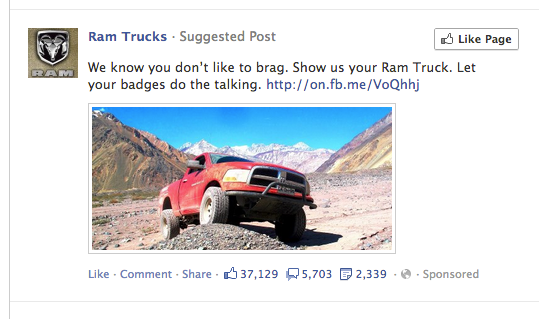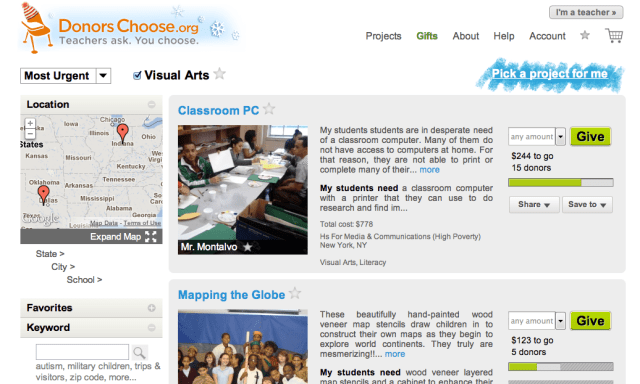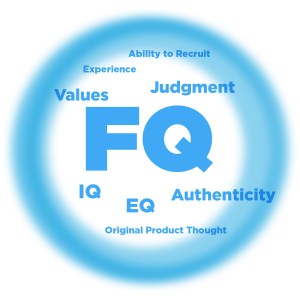The battle for customers for streaming video services is being played out at all age demographics. Today, Amazon’s LoveFilm upped the ante on the youth front by announcing a deal with DHX Media (formerly known as Cookie Jar Entertainment), which will add 2,000 new childrens shows to its catalog in the UK, a massive expansion of its existing kids entertainment offerings. Among the well-known titles that will be coming to LoveFilm are Inspector Gadget and Dennis the Menace.
Amazon competes against the likes of Netflix on OTT streaming video services. On the kids front, Netflix has also been honing its products. It has a “Just for Kids†user interface that’s been around since 2011. In October Netflix finally extended it to its iPad app.
DHX had an existing deal with Netflix in the U.S. but not in the UK, where both companies operate.
Other series included in the DHX deal are Mona the Vampire, Paddington Bear and Sonic the Hedgehog.
“We are delighted to offer LOVEFiLM members access to our award-winning kids programmes. Just like LOVEFiLM we are market leaders and DHX Media’s shows already air on some of the top European broadcast destinations, so this is a natural partnership,†said Michael Donovan, CEO at DHX Media.
“DHX Media has created some of the best children’s TV of recent years and we are pleased to bring their great content to our service. LOVEFiLM Instant is the first choice for parents who want high quality, fun and safe entertainment for their children, so naturally the addition of shows such as Mona the Vampire and Paddington Bear is an exciting prospect for us,†Jim Buckle, MD at LOVEFiLM, said in a statement.
In other markets, Hulu has also been ramping up its children’s content. Earlier this month, it unveiled Hulu Kids, a children’s-only, commercial-free channel available to Hulu Plus subscribers.
For its part, Amazon has been honing how it targets young people across the whole of its business. Its Quidsi subsidiary in October launched AfterSchool.com and Bookworm.com, respectively a kids activity and kids book site. Both move the company away from Amazon-direct branding â€" something we have also seen in another guise yesterday, the launch of Pages for businesses to build their own custom web pages to sell their Amazon-marketplace-powered products.
Release below.
AMAZON’S LOVEFiLM SIGNS DEAL WITH DHX MEDIA
- Additional 2,000 premium kids’ TV shows available to stream on
LOVEFiLM Instant -LOVEFiLM, an Amazon company, has partnered with DHX Media (formally
Cookie Jar Entertainment), a worldwide leader in animated and
live-action kids’ content, giving members instant access to classic
children’s TV shows such as Inspector Gadget and Dennis The Menace.The subscription video on demand (SVOD) deal will offer LOVEFiLM -
Europe’s largest subscription service instantly streaming films and TV
series over the Internet and sending DVD and games by post â€" members
instant access to thousands of new, premium quality children’s TV
series such as Mona the Vampire, Paddington Bear and Sonic the
Hedgehog, expanding the extensive catalogue of child friendly TV shows
and films already available on the LOVEFiLM Instant service.Jim Buckle, Managing Director at LOVEFiLM, commented:
“DHX Media has created some of the best children’s TV of recent years
and we are pleased to bring their great content to our service.
LOVEFiLM Instant is the first choice for parents who want high
quality, fun and safe entertainment for their children, so naturally
the addition of shows such as Mona the Vampire and Paddington Bear is
an exciting prospect for us.â€Michael Donovan, CEO at DHX Media, commented:
“We are delighted to offer LOVEFiLM members access to our
award-winning kids programmes. Just like LOVEFiLM we are market
leaders and DHX Media’s shows already air on some of the top European
broadcast destinations, so this is a natural partnership.â€LOVEFiLM Instant is available on PC, Mac or via Sony Playstation®3,
Microsoft Xbox 360, Kindle Fire HD and Kindle Fire, Apple iPad® and a
growing number of Internet-connected TV sets and Blu-ray players,
giving members immediate access to a huge range of films and TV shows
from as little as £4.99 a month.- Ends -
• LOVEFiLM is an Amazon company and is the leading European film subscription service with over 2 million members in the UK, Germany, Sweden, Denmark, and Norway • In February 2011 LOVEFiLM was acquired by Amazon EU SARL • LOVEFiLM members can enjoy the benefits of DVDs delivered straight to their door with LOVEFiLM By Post and streaming films online via LOVEFiLM Instant • LOVEFiLM Instant is available on over 200 Internet-enabled devices including PCs, PlayStation®3, iPad®, Xbox 360, plus a growing...
Amazon.com, Inc. (AMZN), is a leading global Internet company and one of the most trafficked Internet retail destinations worldwide. Amazon is one of the first companies to sell products deep into the long tail by housing them in numerous warehouses and distributing products from many partner companies. Amazon directly sells or acts as a platform for the sale of a broad range of products. These include books, music, videos, consumer electronics, clothing and household products. The majority of Amazon’s...



















 Backed:
Backed:  Backed:
Backed:  Backed:
Backed:  Backed:
Backed:  Whacked:
Whacked: